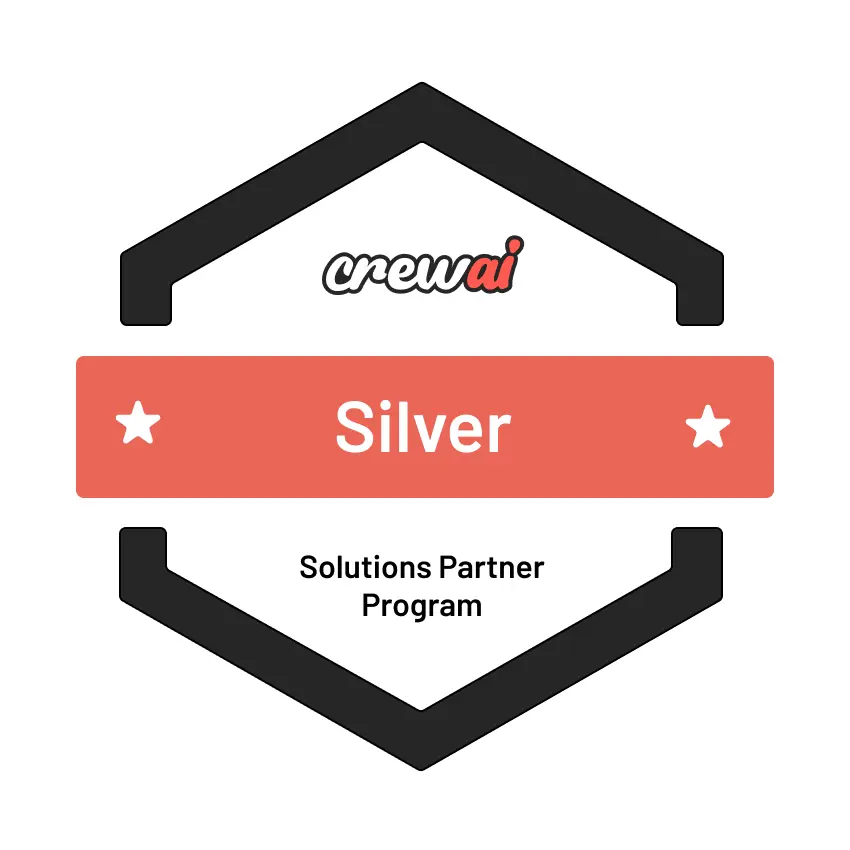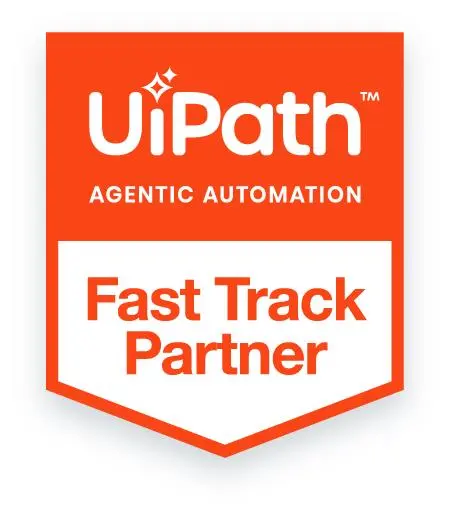
Key Takeaways
- Autonomous agents overcome the limitations of rule-based RPA by reasoning, adapting to changes, and dynamically handling financial workflows with minimal human intervention.
- AI-powered agents streamline reconciliation, intercompany settlements, variance analysis, and financial reporting by integrating multiple data sources and applying real-time financial logic.
- Specialized agents (Reconciler, Reporter, Compliance, Escalation, Planner) work with shared memory, ensuring seamless financial operations, accuracy, and faster reporting cycles.
- Finance AI agents connect with ERP systems, banking portals, and spreadsheets, orchestrating tasks dynamically while autonomously handling exceptions, escalations, and compliance checks.
- Autonomous agents empower finance professionals by reducing manual efforts, enhancing compliance, and enabling faster, data-driven decision-making with real-time financial insights.
Modern finance teams juggle massive volumes of transactions, complex reconciliation tasks, multi-entity reporting, compliance mandates, and never-ending month-end close cycles. While Robotic Process Automation (RPA) and traditional rule-based systems have automated parts of these workflows, they struggle with tasks that require reasoning, contextual understanding, and dynamic decision-making.
Enter Autonomous Agents—intelligent, goal-driven AI systems that can plan, reason, and collaborate across tools and data sources to execute complex financial workflows with minimal supervision. These AI agents bring a new level of cognitive automation to the finance function.
Also read: How Are Multi-Agent AI Systems Redefining Supply Chain Optimization?
The Pre-Agentic Challenge: Limitations of Traditional Automation
- Manual effort for exception handling, data validation, and cross-checking ledgers.
- Script-based RPA bots were brittle and failed with minor changes in input.
- Siloed systems (ERP, banking portals, spreadsheets) with limited integration.
- Time-intensive reporting cycles often requiring analysts to manually compile, verify, and format data.
Key pain points:
| Challenge | Description |
| High Volume, Low Complexity | Transaction-intensive work (e.g., ledger reconciliation) still needed manual oversight. |
| Lack of Adaptability | Rule-based bots couldn’t generalize to edge cases or new formats. |
| Data Fragmentation | Disparate data across ERPs, banks, invoices, and payroll systems. |
| Late Visibility | Decision-makers had delayed access to accurate financial insights. |
Agentic AI: Capabilities of Finance-focused Autonomous Agents
Autonomous agents differ from traditional bots in pursuing goals, planning steps dynamically, and invoking tools (like APIs, Excel macros, or databases) while maintaining contextual memory.
What can finance agents do:
- Bank-to-GL Reconciliation using AI to match transactions, flag mismatches, and initiate escalations.
- Intercompany Settlements between subsidiaries using multi-agent coordination.
- Variance Analysis by pulling ERP data, applying financial logic, and generating summaries.
- Financial Reporting through dynamic querying, summarization, and formatting for dashboards or presentations.
Proposed Solution:
We designed a goal-oriented multi-agent system to assist the Finance Ops team. These agents collaborate like a digital finance team, each owning a domain responsibility while sharing memory and interacting via structured communication.
Architecture Overview:
- LLM-Powered Agents: Each with a unique goal and skillset.
- Shared Context Memory: Enables coordination and continuity across agents.
- Tool Integration: Agents invoke ERP APIs, spreadsheet processors, SQL engines, and email systems.
- Orchestration Layer: Manages the execution, fallback, and escalation logic.
Agent Collaboration in Action
| ReconcilerAgent | Matches transactions across systems (e.g., ERP vs. bank feed) | GL entries, bank data | Reconciled list, exceptions |
| ReporterAgent | Compiles P&L, balance sheets, variance summaries | ERP data, reconciled reports | Financial summaries, visualizations |
| EscalationAgent | Notify stakeholders when mismatches or policy violations are found | Exceptions list | Email summaries, escalation tickets |
| ComplianceAgent | Validates transactions for audit trail and policy adherence | GL, policy documents | Compliance flags, documentation |
| PlannerAgent | Goal setter & task orchestrator; assigns subgoals to other agents | High-level goals | Agent instructions, dependencies |
Goal-Based Strategy Flow
The system works on a goal-decomposition strategy, where a high-level goal (e.g., “Prepare Month-End Financials”) is split into subgoals across agents.
Example Workflow:
- PlannerAgent receives: “Complete month-end reconciliation and reporting.”
- It assigns:
- ReconcilerAgent → Match transactions, flag mismatches
- ReporterAgent → Generate summary reports
- ComplianceAgent → Validate entries
- ReconcilerAgent flags issues → sends to EscalationAgent
- All outputs combined into a board-ready financial pack
Conclusion
Finance teams face increasing pressure to reconcile transactions, generate reports, and maintain compliance efficiently. Traditional automation falls short in handling complex, context-dependent workflows. Autonomous AI-powered agents offer a transformative solution, improving accuracy, scalability, and decision-making. Auxiliobits specializes in designing and deploying enterprise-grade Agentic AI solutions, ensuring finance teams can operate with greater agility and intelligence.








